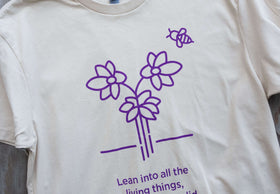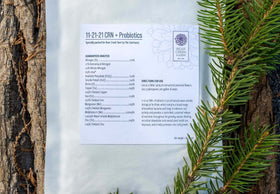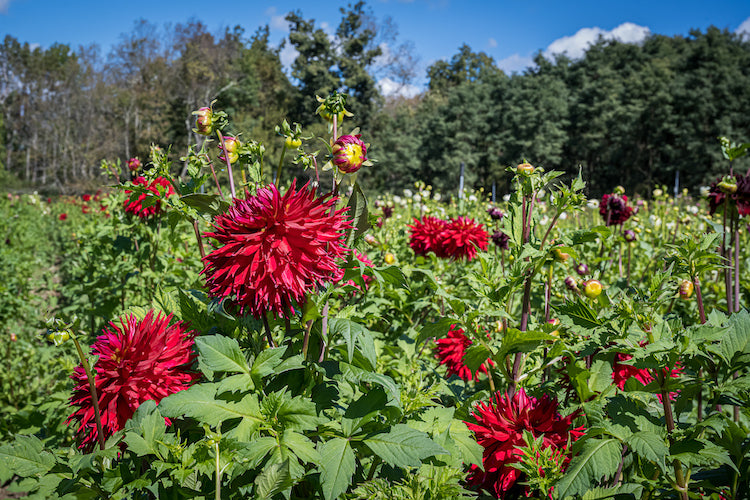Flower farming requires those who commit to the practice to acknowledge, at the outset, that we are largely at the mercy of elements beyond our control. This necessarily requires a high tolerance for frustration. We all know what is said about the “best laid plans”.
Flower farming is about working in tandem with nature to create beauty. That said, flower farming is also about risk. Any grower can (and will) recount stories of the months in which they did everything “right,” only to lose a crop to elements beyond human control - a heartbreaking late hard frost, a beetle, or a ruinous miscellaneous other pest.
However, the flip side of frustration for a flower farmer in the 21st century can be reframed as an appetite for risk. Seen from this perspective, “risk” can be exciting - marrying curiosity, intellect, and courage - as one uses past experience to play with future planning, selection, and planting. On experimentation depends the future of sustainable flower farming. Simply put, when one tries to level up, things will sometimes go sideways (including your stems and your blooms). This is the long game of innovation.

Bear Creek Farm is an experimental research farm. It has taken years to achieve award-winning cultivars. We have been driven by trial and much error. We are transparent about this because we want our friends to know that error is a fundamental part of the learning curve, feeding emergent best practices in horticulture.
This year, for example, at Bear Creek Farm we crossed our fingers and kissed our elbows, as we decided to integrate risk with our dahlia growing using a Brassica cover crop that also kills weeds. We are fully aware that what kills weeds can, of course, kill dahlias. That said, we have decided to take the risk because of the potential and substantial improvement we believe we will see in our soil and flowers. In making this decision, we considered what we know to be effective. In the past we used green manure rather than real manure to give life back to the soil for environmental reasons. Adding weed killing properties, we considered the realities alongside the cost/benefit – we recognize that have a tiny window for cover cropping due to our seasonality.

Could this be a tremendous fiasco? Time will tell in terms of the actual dahlias produced. However, I like to think that no, it cannot be a fiasco overall. We must embrace risk as stewards of the land as we work to support clean and green growing practices.
On a good day it is entirely possible to derive humility as the gift of all labor regardless of outcome. On such a day, one can sit down and make notes on what one did, and where the problems presented. This is a roadmap. It can be tweaked. On these days, it is possible to see the science and the math as elemental building blocks - and part and parcel of beauty.
On other days, it is hard to resist an impulse to just go ahead and hang the trowel up and throw in the tarp. At Bear Creek Farm we allow for the full range of these human responses. We struggle with things we thought would work – and then did not, allowing ourselves to be irritated, and yes, sometimes, aggrieved.

When we experiment, we necessarily take on risk. No matter how experienced the grower is, there is always the foundational novice within. Listen to that inner voice – it should never fully disappear. When stirred, this voice within us reminds that risk is inspired. Consider that at the end of a (golden summer day), imagined gardens rarely bloom. However, we are betting that you may have loved the unexpected in-real-life-blooms that emerged. More even than those you had imagined. Goethe wrote about the genius of beginnings. We extend our collective hand to you. There is no one here to judge an experiment that did not quite pan out. Here, you will only find allies ready to celebrate willingness to try.





Loved this!
I’m in Sharon. I planted early and they are later than I have ever seen. I’ve only had two flowers. I hope I have a prolific late august and fall!